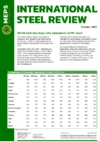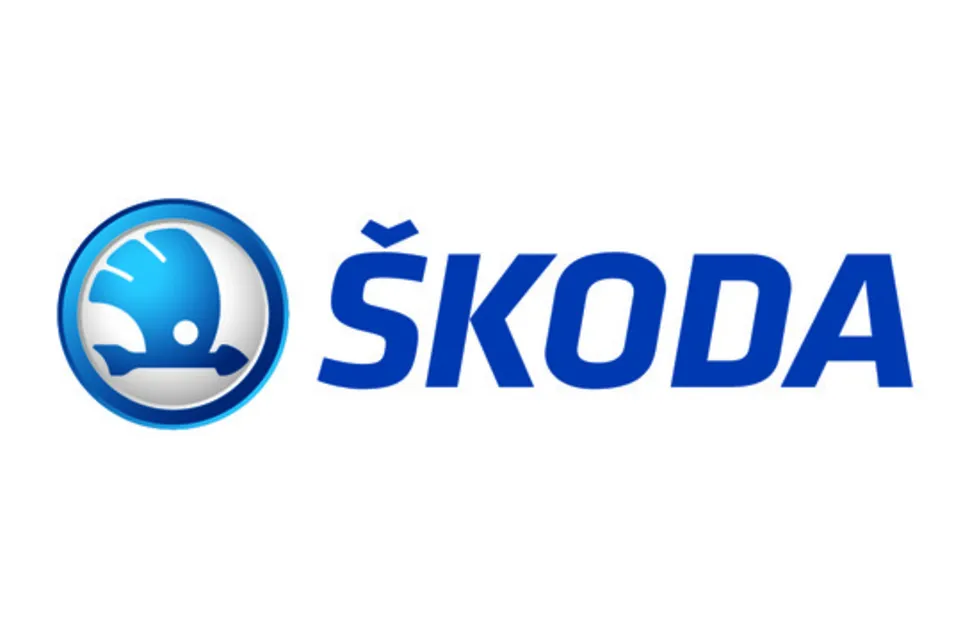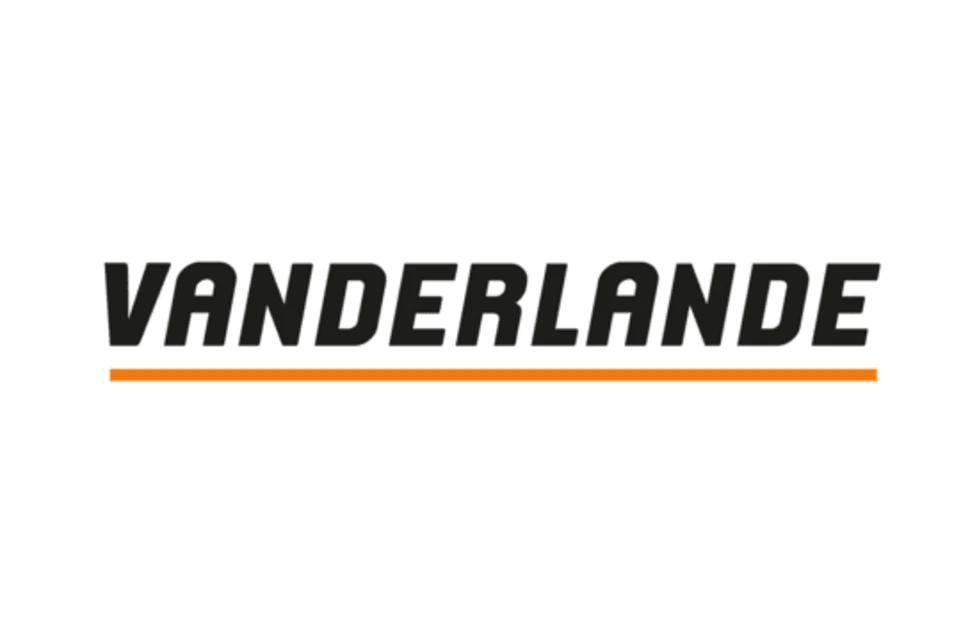North American longs prices forecast to decline in 2023
North American long product prices traditionally avoid the peaks and troughs witnessed for flat rolled steel. Regional supply chain participants are often beneficiaries of this reduced level of volatility, giving them increased confidence in both their purchasing and selling decisions.
Price stability – with the exception of a slight fall in reinforcing bar values – was maintained last month. However, a combination of weakening demand – in part, for seasonal reasons – and readily available supply, from both domestic and imported sources, resulted in price declines, across all long products, in August.
Regional demand from major end-user markets, such as automotive, construction and energy, has been solid yet unspectacular in the first eight months of the year. However, activity levels in the United States and Canada are projected to weaken for the rest of the year. A decrease in construction-related demand is widely anticipated. This is partly due to seasonal factors and recent economic policies.
The US Federal Reserve and Bank of Canada have introduced interest rate hikes in an attempt to curb inflationary pressures. The measures will slow down activity in the regional economy. The pace of construction work has begun to contract, ahead of the autumn. Many existing projects will be completed, but new building investments, in both the residential and commercial segments, are likely to be delayed. The increased cost of borrowing is a contributory factor.
Delivery lead times from US and Canadian long product manufacturers are shortening. Most common sizes and grades are readily available from mill stocks. Many regional purchasing managers report that they have a host of buying options, both locally and from non-North American sources.
Imported volumes remain an influence in the US and Canadian steel markets. Traditional exporters continue to target additional sales in North America to dispose of excess stock. Owing to prolonged weakness in their own markets, interest from European and Asian producers has increased, in eastern and western parts of the continent, respectively.
Despite the continuation of Section 232 measures, in the United States, steel imports from countries with quota agreements now appear to be fully utilised. Competitively priced material is also being offered from non-traditional sources, such as those in the Middle East and North Africa.
Intra-regional trade is a feature in North America. The Canadian long product market is heavily exposed to the selling policies of neighbouring US mills, which have become increasingly active in the country. Several Canadian market participants labelled recent deals as “fighter packages” – with US producers keen to sell excess capacity across the border without compromising their pricing strategies at home.
Regional suppliers may be heartened that global exporters will only have a small window of opportunity to sell into the US Midwest and Ontario regions before the closure of the Great Lakes navigation. As a result, US and Canadian buyers are expected to purchase their requirements from local sources. However, the impact on the market is predicted to be modest, given that domestic supply is still likely to exceed demand.
MEPS predicts that the sustainability of current prices is under threat, especially ahead of the seasonally slow fourth quarter. It is becoming increasingly likely that North American long product steel manufacturers will be intent on limiting the extent of the price deterioration for the rest of 2023.

Source:
International Steel Review
The MEPS International Steel Review is an essential monthly publication, offering professional analysis and insight into carbon steel prices around the world.
Go to productRequest a free publication





